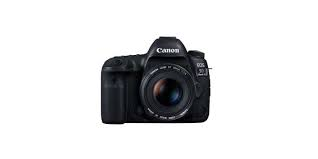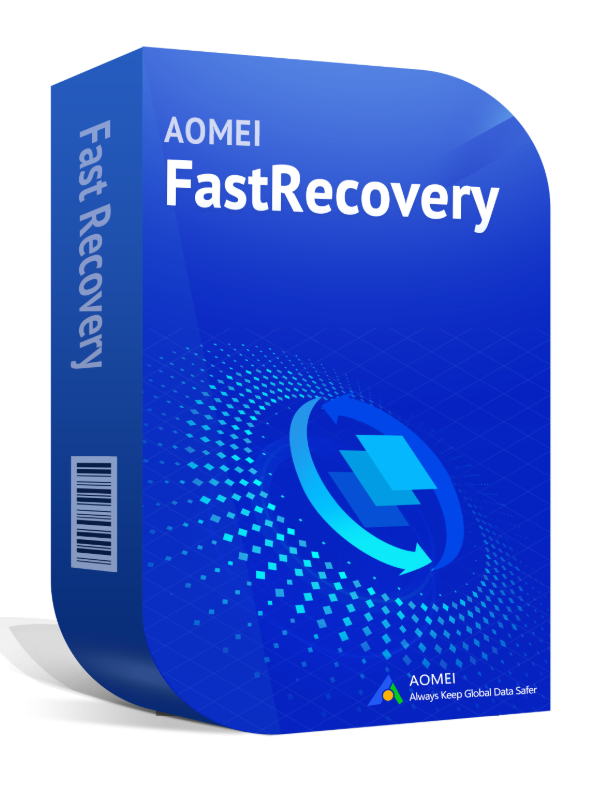This article provides a detailed guide on how to recover cannot playback image Canon and fix this error. Learn the reasons behind this issue and explore 4 cannot playback image Canon recovery methods.

Encountering a "cannot playback image" error on your camera can be a moment filled with anxiety and disappointment. Whether it's a collection of personal memories or professional shots, losing access to your images is distressing.

However, the digital age brings solutions as advanced as the problems themselves. This guide aims to demystify the error and navigate you to recover cannot playback images through 4 effective ways, ensuring you're well-equipped to retrieve your precious moments.
If you encounter the "cannot playback image" error on your Canon EOS 7D or Canon EOS Rebel T3i, it could indicate an issue with the memory card or the file itself. The "Cannot Playback Image" error on Canon cameras is a common issue that many photographers, both amateur and professional, may encounter.
This error can be attributed to a variety of reasons, each pointing to different aspects of the camera's functioning or the status of the images themselves. Here are some potential causes:
Corrupted Image Files: If the image file is corrupted, your camera might not be able to read and, consequently, display it. File corruption can occur due to improper handling of the memory card, such as removing it while writing data.
Incompatible Image Format: Capturing images in a format not supported by the camera's playback system can lead to this error. This is rare but can happen when images are transferred from another device.
Faulty Memory Card: A damaged or corrupted memory card can also be the culprit. Memory cards have a finite lifespan and can become unreliable over time or when exposed to extreme conditions.
Camera Software Issues: Sometimes, the camera's firmware (the software that runs your camera) may have bugs or require an update, leading to various errors, including playback issues.
Accidental Deletion or Formatting: If the file has been deleted or the memory card formatted unintentionally, the camera will not find the image, possibly resulting in an error message.
Recovering files after encountering the "Cannot Playback Image" error involves a few strategies, ranging from simple fixes to using specialized photo recovery software. Here’s what you can do:
A simple but often overlooked step is to ensure that the issue is with the camera and not the memory card or the files themselves.
Step 1: Safely remove the memory card from your camera.
Step 2: Insert the card into another camera or a computer using a card reader.
Step 3: Attempt to view the files. If accessible, the issue likely lies with your original camera.
Incompatibility can sometimes cause playback errors, particularly if you've recently changed settings or updated your camera.
Step 1: Refer to your camera's manual to confirm supported image formats.
Step 2: Check the format of the problematic images using a computer.
Step 3: Convert the images to a compatible format using image editing software, if necessary.
For corrupted or accidentally deleted files, recovery software is your best bet. Professional image recovery software like AOMEI FastRecovery are designed to recover files from digital storage devices, including memory cards. Using reputable recovery software is safe and can be highly effective to recover data from memory card used in Canon cameras.

Please download and install AOMEI FastRecovery and connect the memory card to your computer. Follow the steps below to recover images from canon camera with AOMEI FastRecovery:
Step 1. Launch AOMEI FastRecovery and Select the Memory Card
Open AOMEI FastRecovery, and hover the mouse over the memory card as the location, then click Scan to scan for recoverable files.
Step 2. Scan for Lost Files
Initiate the scanning process. AOMEI FastRecovery will search for lost or corrupted files on the memory card. This process may take some time, depending on the size of the memory card.
Step 3. Preview and Recover Files
Once the scan is complete, preview the recoverable files. Select the images you wish to recover and click Recover x files. Then, choose a safe location on your computer to save them. Avoid saving the recovered files back onto the same memory card to prevent potential overwriting.
🌟Tips:
For physically damaged memory cards or when DIY recovery fails, professional data recovery services can be the next best step. In many cases, professional data recovery services have specialized tools and techniques to recover data from physically damaged storage devices.
Research: Look for reputable data recovery services with positive reviews and experience with memory cards.
Consultation: Many services offer a free consultation to assess the likelihood of recovery and provide a quote.
Recovery Process: If you decide to proceed, the service will use specialized tools and cleanroom environments to attempt recovery.
1. Regular Backups: After recovery, it's wise to back up your images to avoid future loss. Consider using cloud storage or a free backup software for Windows - AOMEI Backupper Standard.
2. Proper Handling: Always eject your memory card safely and avoid exposing it to extreme conditions.
3. Keep Your Camera Updated: Regularly updating your camera's firmware and properly handling memory cards can significantly reduce the risk.
While the "cannot playback image" error is a common issue for camera users, the evolution of digital recovery tools and techniques has made it possible to reclaim lost memories.
By understanding the causes, applying initial troubleshooting steps, or using advanced methods like AOMEI FastRecovery, you can know how to recover cannot playback image easily. Give AOMEI FastRecovery a try and see if it is right for you!
Remember, prevention through proper care and regular creation of a file backup is your first line of defense against data loss.
1. What Does "Cannot Playback Image" Mean?
This means there is a memory card error on camera. If you have an extra memory card, try initializing it and capturing some test images. Place the card into the slot and power on the camera. Go to Home and tap Additional Settings > (Tools icon) > Initialization > Memory Card. This will start initializing the memory card.
If the images can be viewed normally, the memory card showing the error may be defective. Consider reformatting the failed memory card to resolve the issue.
2. Why Does My Canon Camera Say No Image?
This message can appear for several reasons, such as a defective memory card, a corrupt file system, or an incorrect camera setting. To address this, ensure that your memory card is compatible with your camera and has sufficient space available for storing images.
3. How to Recover Photos from a Canon Camera?
To recover photos from a Canon camera, you can use photo recovery software compatible with your camera's file format. Begin by connecting your camera or memory card to a computer, and then run the recovery software to scan and restore lost images.
4. Why Are Photos on My SD Card Not Showing on My Canon Camera?
Photos disappeared from camera SD card might be hidden, accidentally deleted due to human error or a virus attack, or the card itself might be formatted, corrupted, or damaged.
Checking the card's properties on a computer might reveal if the photos are set to hidden. If the card is corrupted, photo recovery software may help in retrieving the lost images.
5. How Do I Put My Canon Camera into Playback Mode?
To enter Playback mode, power on your camera and press the Playback button to display a previously taken photo. Use the left and right arrow keys to navigate through your images. To switch back to shooting mode, either press the Playback button again or depress the shutter button halfway.
6. Why Does It Say Unsupported Image?
The "Unsupported image format" message indicates that while the image exists on your device, its format is not compatible with your system, or the file itself is corrupted. This may require converting the image to a compatible format or using software to repair the corrupted file.